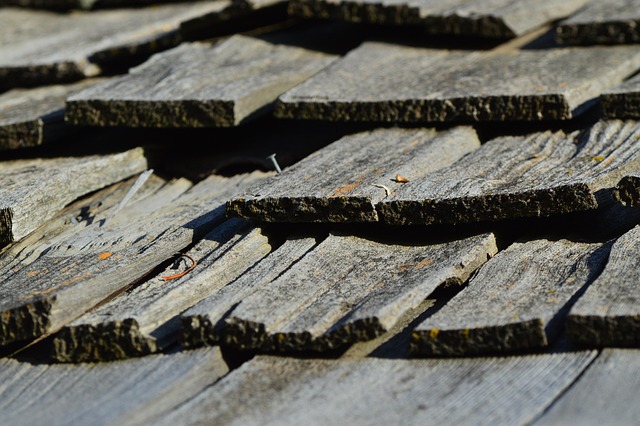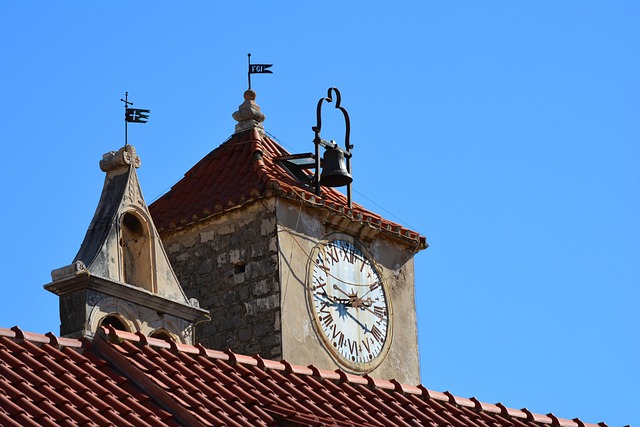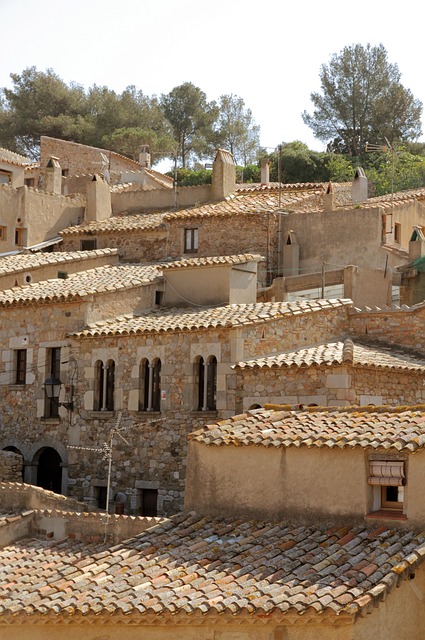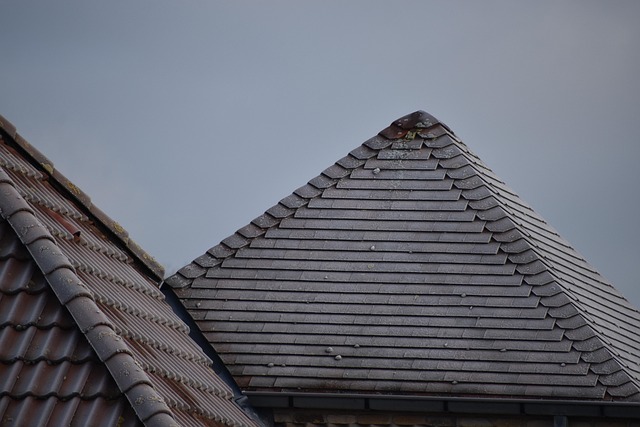Cool roofing systems are revolutionizing sustainable construction and energy efficiency by reducing heat absorption on rooftops. These innovative solutions, like white roof systems with reflective coatings, combat the urban heat island effect, decrease surface temperatures, cut energy costs, and shrink carbon footprints compared to traditional roofs. With long-term durability and low maintenance requirements, cool roofing is an appealing option for both residential and commercial buildings. Key benefits include significant cost savings, reduced carbon footprints, and improved comfort, with some systems lowering rooftop temperatures by up to 50°C. Global success stories in cities like New York and Los Angeles highlight their effectiveness in mitigating environmental impacts and saving on cooling costs.
In today’s pursuit of sustainable and energy-efficient buildings, cool roofing systems are emerging as a game-changer. Markets are increasingly adopting reflective roofs that mimic nature’s cooling mechanisms, reducing heat absorption and lowering cooling costs significantly. This article delves into the understanding of cool roofing systems, explores their impact on heat absorption, and highlights numerous benefits for energy efficiency. We examine various materials, installation considerations, and successful implementations, providing a comprehensive guide to this innovative technology.
- Understanding Cool Roofing Systems: An Overview
- The Impact of Heat Absorption on Buildings
- Benefits of Reflective Roofs for Energy Efficiency
- Types of Cool Roofing Materials and Technologies
- Installation and Maintenance Considerations
- Case Studies: Successful Implementations of Cool Roofing
Understanding Cool Roofing Systems: An Overview

Cool roofing systems have emerged as a game-changer in the realm of sustainable construction and energy efficiency. These innovative systems are designed to reduce heat absorption on rooftops, thereby lowering the need for cooling mechanisms. By reflecting sunlight and dissipating heat more effectively than traditional dark roofs, cool roofing offers a simple yet powerful solution to combat the urban heat island effect. This phenomenon, where cities experience elevated temperatures compared to their rural surroundings, is becoming an increasingly pressing issue globally.
At the heart of these systems lies a combination of advanced materials, including reflective roof coatings and specialized membranes. A white roof system, for instance, can significantly decrease surface temperature by reflecting a vast majority of sunlight back into the atmosphere. This passive approach to cooling not only reduces energy costs but also minimizes the carbon footprint associated with traditional building practices. Furthermore, reflective roofing offers long-term durability and low maintenance, making it an attractive option for both residential and commercial properties.
The Impact of Heat Absorption on Buildings

Buildings absorb significant amounts of heat from the sun, leading to increased indoor temperatures and elevated cooling demands. This phenomenon is particularly pronounced in urban areas, often referred to as the ‘urban heat island effect’. Traditional dark-colored roofing materials, commonly used in construction, contribute significantly to this issue. They readily absorb solar radiation, heating up structures and surrounding spaces, which can result in uncomfortable living conditions and increased energy consumption for cooling.
Cool roofing systems, equipped with reflective roofs and cool roof coatings, are designed to mitigate these issues. White roof systems, for instance, reflect a substantial portion of the sun’s energy back into the atmosphere, reducing heat transfer into buildings. Reflective roofing materials can lower the surface temperature of rooftops by up to 30 degrees Celsius, thereby decreasing indoor temperatures and easing the workload on HVAC systems. This simple yet effective strategy not only enhances comfort but also plays a vital role in energy conservation and cost reduction for commercial and residential properties alike.
Benefits of Reflective Roofs for Energy Efficiency

Reflective roofs have emerged as a game-changer in the pursuit of energy efficiency and sustainable building practices. These innovative cool roofing systems are designed to revolutionize the way buildings interact with their environment, particularly in terms of heat absorption and temperature regulation. By applying reflective roof coating or choosing white roof systems, structures can significantly reduce their thermal load during hot weather conditions.
The benefits extend beyond lower cooling costs. Reflective roofing also contributes to a building’s overall environmental sustainability by decreasing its carbon footprint. By minimizing the need for energy-intensive cooling mechanisms, these cool roof coating solutions play a vital role in mitigating urban heat islands and promoting more eco-friendly practices across various industries.
Types of Cool Roofing Materials and Technologies

Cool roofing systems have evolved significantly over the years, offering a range of materials and technologies designed to reduce heat absorption and lower cooling costs. One popular option is reflective roofing, which uses specialized coatings or materials that reflect sunlight instead of absorbing it. These white roof systems are particularly effective in hot climates, helping to keep buildings cool by minimizing heat transfer.
Another advanced solution is the application of cool roof coating. This involves spreading a thin, reflective layer over existing roofs to enhance their insulating properties. Cool roof coatings not only reduce the amount of heat that enters a building but also provide long-lasting protection against weathering and other environmental factors. These innovative technologies are revolutionizing the way we think about rooftop sustainability, contributing to energy efficiency and reduced carbon footprints.
Installation and Maintenance Considerations

The installation of cool roofing systems involves careful consideration of several factors to ensure optimal performance and longevity. One key aspect is choosing the right material—whether it’s a reflective roof coating or a white roof system—that effectively reduces heat absorption. Proper installation techniques, including ensuring a smooth base and secure attachment, are crucial for maintaining the integrity of these systems. Regular maintenance is another essential component; cleaning the surface to remove debris and re-applicating coatings as needed can extend the life of your cool roof.
Regular inspections should also be scheduled to check for any signs of damage or deterioration. By addressing issues promptly, homeowners and businesses can maximize the energy savings benefits of reflective roofing, as well as minimize the costs associated with repairs or premature replacements. Remember, proper installation and maintenance are vital steps in harnessing the full potential of cool roof systems.
Case Studies: Successful Implementations of Cool Roofing

In recent years, numerous cities around the globe have embraced cool roofing systems as a sustainable solution to combat urban heat island effects. One notable example is New York City, where the government initiated a program encouraging the adoption of reflective roofing on commercial buildings. This initiative has led to significant reductions in energy consumption and greenhouse gas emissions. The implementation involved applying a cool roof coating that reflects sunlight, thereby decreasing the building’s internal temperature and lowering cooling costs substantially.
Another successful case study is in Los Angeles, where a residential community adopted white roof systems as part of a local sustainability program. These white roof systems, known for their reflective properties, have not only reduced energy bills for homeowners but also contributed to a more pleasant urban environment. Studies show that reflective roofing can decrease rooftop temperatures by up to 50°C, making them an effective strategy in mitigating the environmental impact of urban areas and providing long-term savings on cooling costs.
